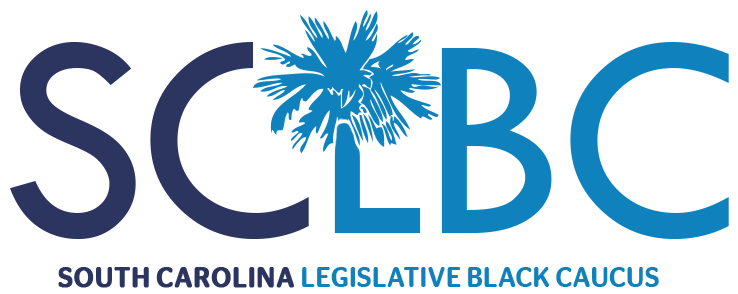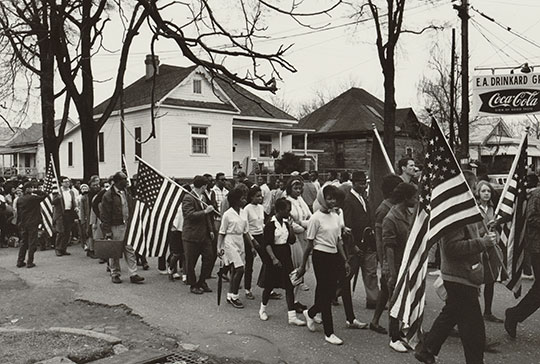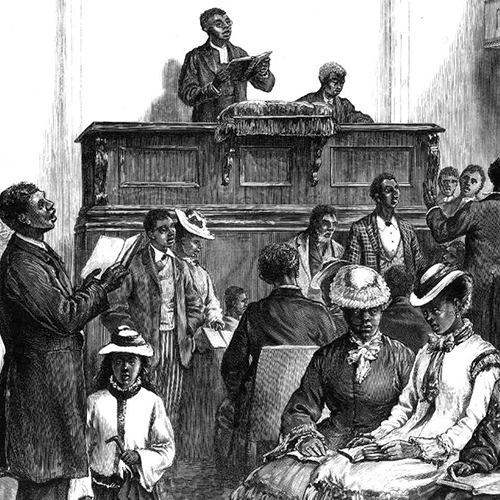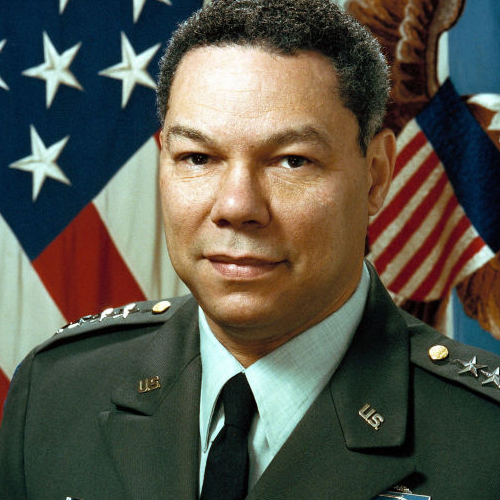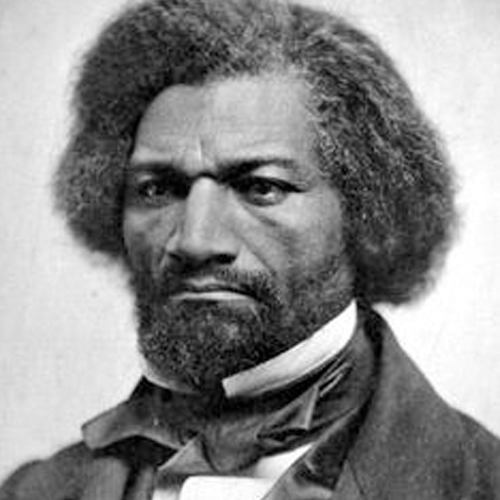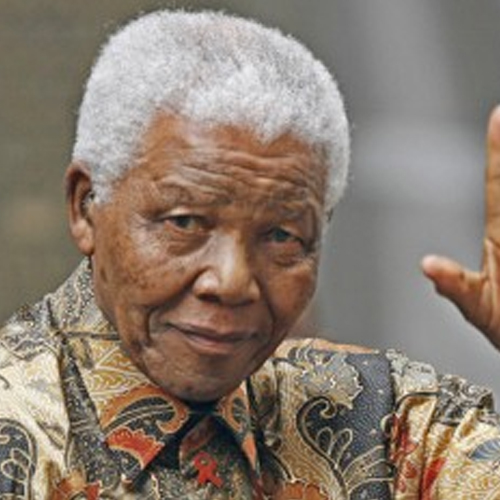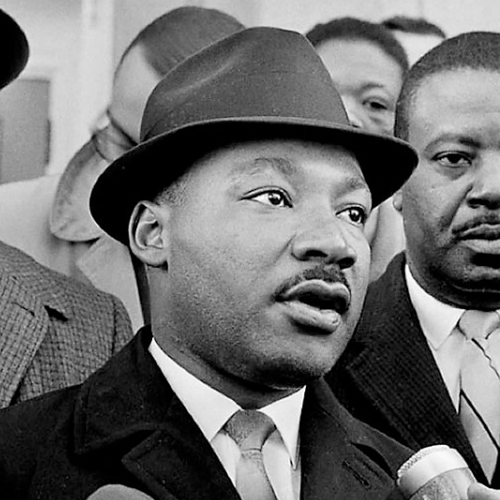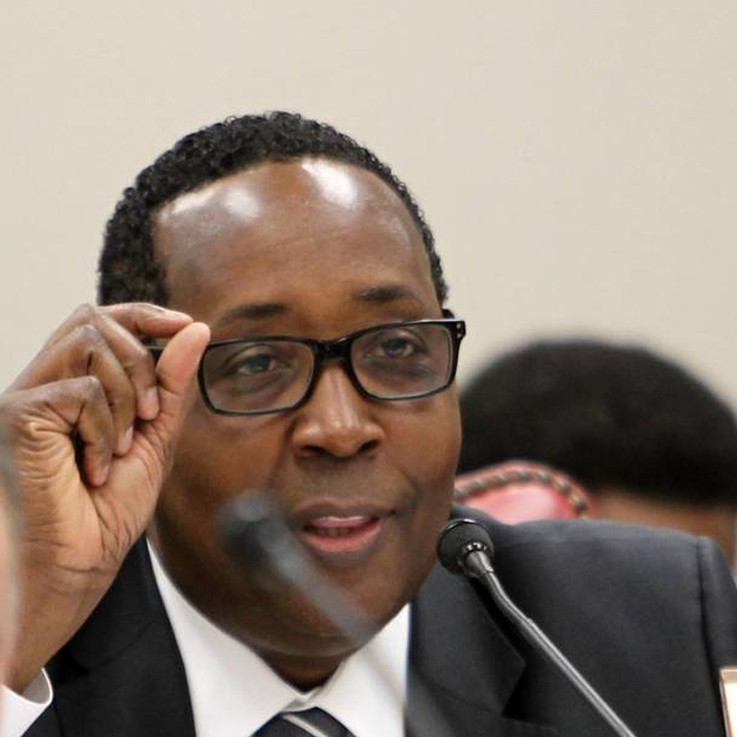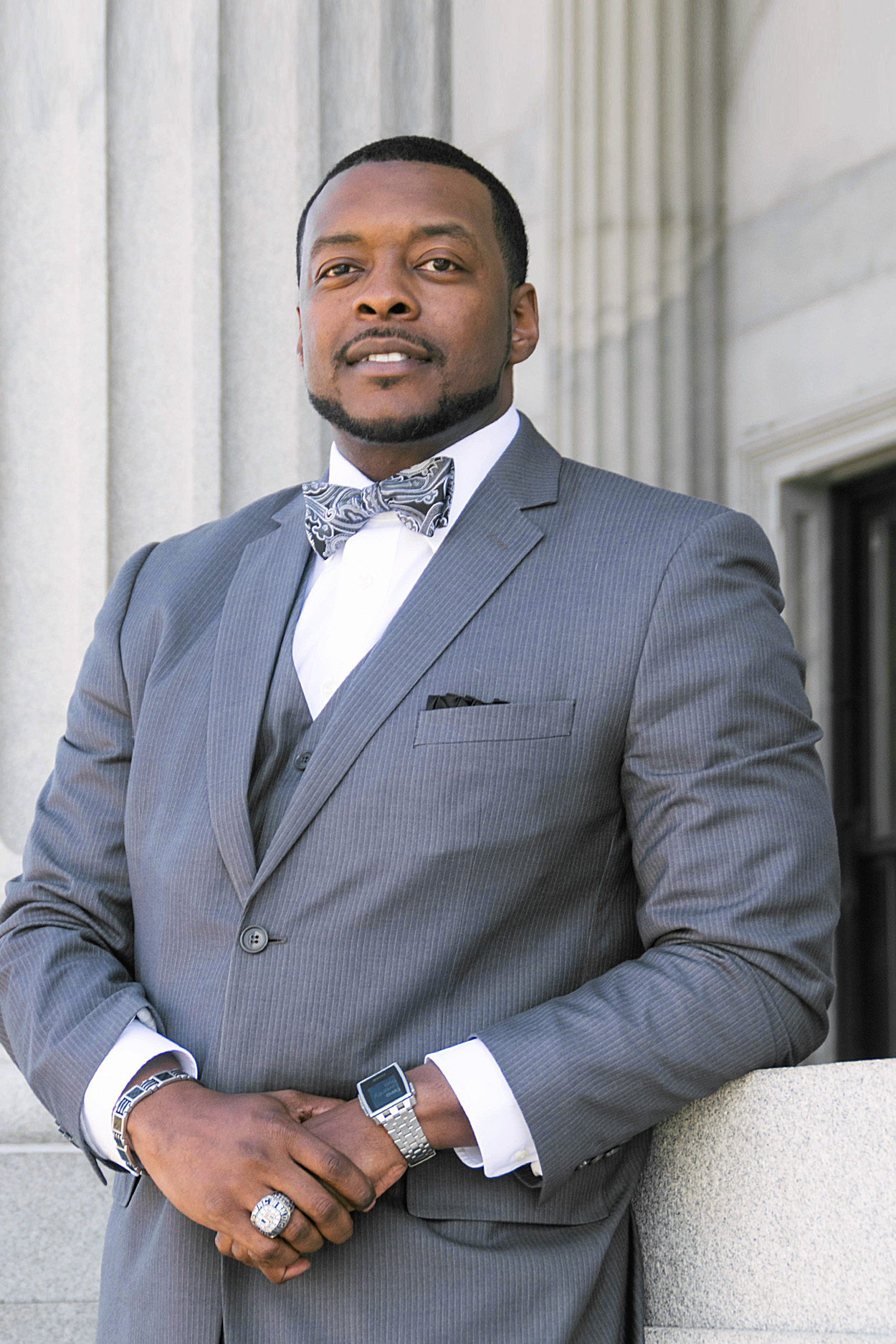“Like limbs, we reach toward the sun, but feed from a common root.”
The creation of the Legislative Black Caucus in the South Carolina legislature was a direct result of the civil rights movement and the legislation that came out of the movement. Following the Voting Rights Act of 1965, African-Americans began voting in large enough numbers to elect African- Americans to office. In 1970 the percentage of African-Americans voting still lagged behind their percentage of the state population by about ten percentage points, but African-American voters comprised a little more than one in every five voters in the state. This was enough to elect the first African Americans to the legislature since 1902. Herbert Fielding, James Felder, and I. S. Levy Johnson won elections to the S.C. House of Representatives. The number of African-Americans in the legislature remained in single digits for the next four years. The major reason was that legislative districts were countywide and only a few counties had enough African-American voters across the county to win elections. But in 1974 a lawsuit under the 1965 Voting Rights Act forced the state to redraw district lines into individual districts for each legislator. Because each race tended to live in concentrated areas, this increased the number of districts that had high percentages of African-American voters. Thus the number of African-Americans elected to the House of Representatives increased from three to 13 in the 1974 election.
